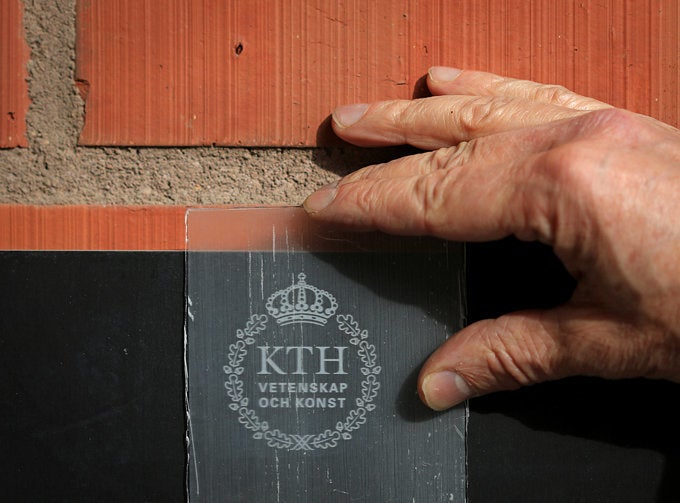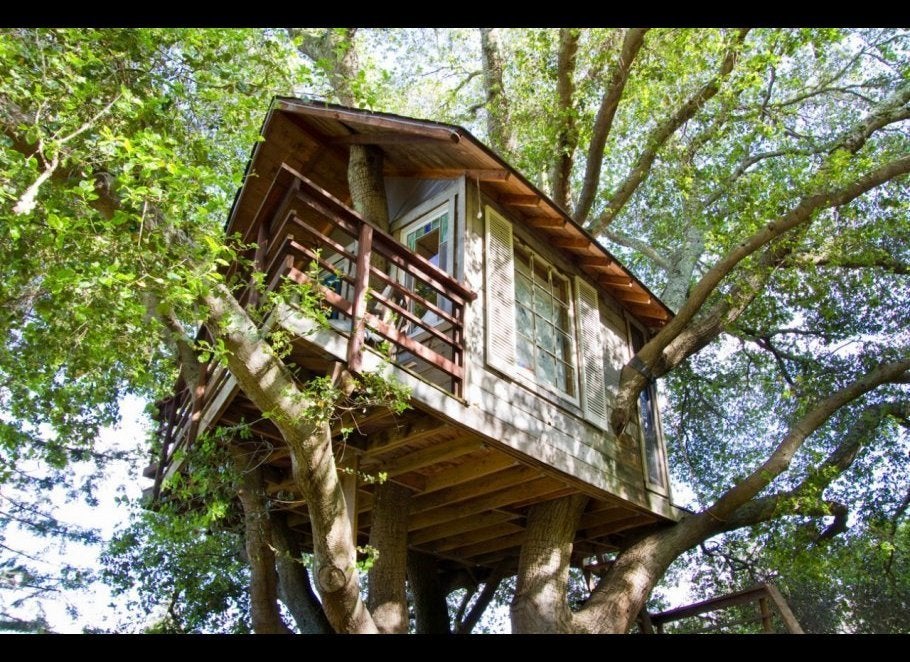
Strong, lightweight and inexpensive, wood is hard to beat as a building material. But Swedish scientists may have done just that. They've taken ordinary, opaque wood and chemically modified it so that light can pass right through.
The researchers say widespread use of their "transparent" wood could slash energy costs by reducing the need for artificial lighting inside homes and other buildings.
The ongoing research, which was described online in the March 4 issue of the journal Biomacromolecules, could also lead to wood with other beneficial properties built in, including magnetism and even the ability to retard fires.
"This opens up new ideas for how to utilize wood not only as a structural material but also as a functional material," said Dr. Lars Berglund, head of the division of biocomposites at KTH Royal Institute of Technology in Stockholm and one of the researchers. "By using his modification approach we can preserve the attractive features of wood, like low density and high strength, and make wood a much more advanced building material."
The new material isn't crystal clear, but hazy. The researchers say that, in addition to affording a measure of privacy to folks inside buildings made of transparent wood, the haziness means the material traps some light. That suggests it could be used to create highly efficient solar cell "windows" that generate electricity while letting sunlight pass through.
Thus the stuff could reduce a building's net energy consumption not only by reducing the need for artificial lighting but also by generating electricity.
That could be a very big deal, as research shows that residences account for a whopping 27 percent of global energy consumption, as well as 17 percent of carbon dioxide emissions.
To create transparent wood, Berguland and his collaborators took ordinary balsa wood and chemically treated it to remove most of the lignin. That's the brownish organic compound that binds to cellulose, the main structural component of wood that gives it its strength and rigidity.
Then they took the whitish delignified wood and impregnated it with acrylic material to create a thin sheet that lets about 85 percent of light through.
"We can create veneer from this material and then laminate it into larger structures, such as load-bearing panels and beams," Berglund told Gizmodo.
The researchers are now working to scale up the manufacturing process and to experiment with other types of wood, Science Alert reported.
If all goes well, Berglund said, transparent wood products might be commercially available within five years.

